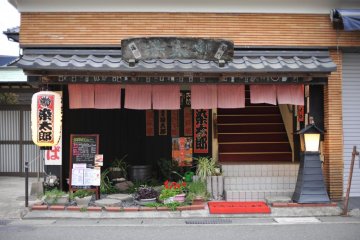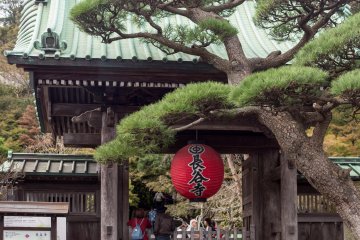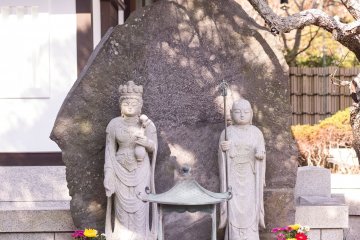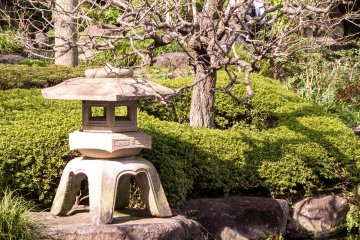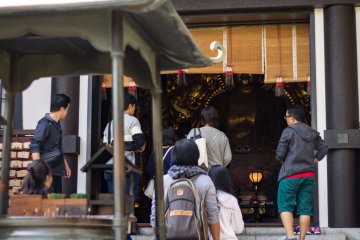Built into the wooded slopes of Kannon Mountain sits Hasedera Temple. Only a short walk from Kamakura's great buddha statue, it's an easy addition to any day trip to the area. While the temple is especially well known for its summer hydrangeas, it can be enjoyed by visitors year round.
Entering through the gates, visitors are greeted by the lush forested grounds and a Japanese style pond. Ascending the stairs, you can make your way in past multiple shrines and halls within the temple grounds. At the top of the hill sit the three main buildings. The first is the Amida-do Hall, which houses a three-meter tall Amida Buddha statue, said to be able to ward off bad luck. The last of the three houses the temple's official Kannon museum, for those with an eye for history.Finally, carefully stored in the main building, and unable to be photographed, is the temple's awe-inspiring, elaborate eleven-headed Kannon. This gilded statue of Kannon stands 9.18 meters tall, and is one of the largest wooden sculptures in Japan. It's said to have been carved in 721 AD, from the same camphor tree as a similar statue by the same artist that is housed in Nara Prefecture's Hasedera Temple. Legend says that Kamakura's statue was originally thrown to the sea in order to reappear and help people where it was most needed. After a 15-year journey through the sea, where legends say it was protected by oyster shells, it landed on the shores of present day Kanagawa Prefecture in the year 736 AD before being enshrined here.






